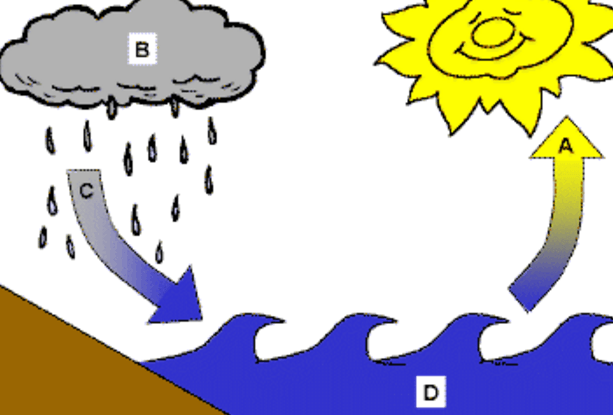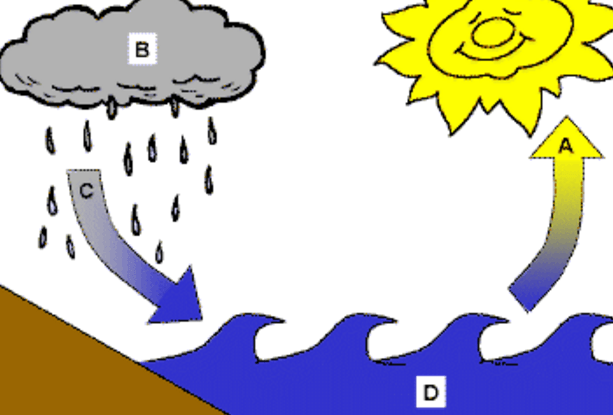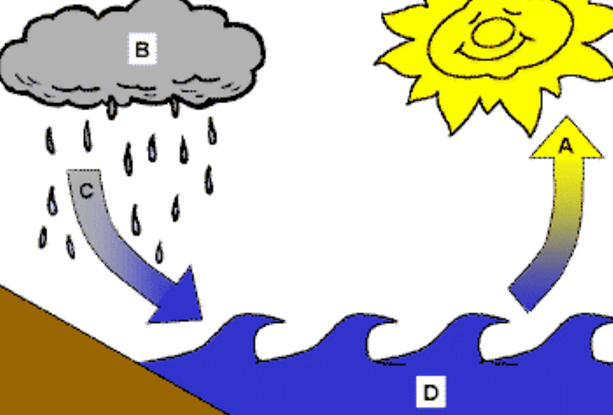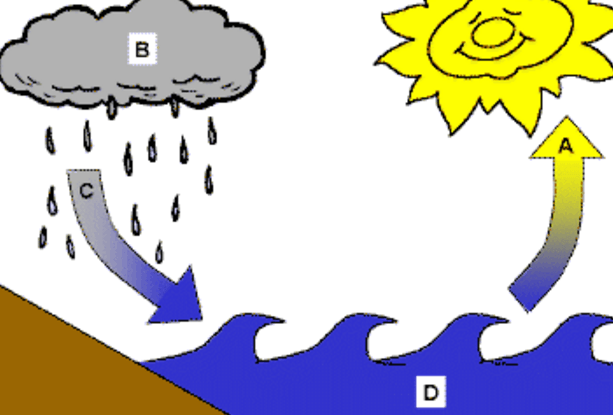
Geochemical Cycles Quiz Review
Assessment
•
Casey Bowles
•
Biology
•
9th - 10th Grade
•
38 plays
•
Medium
Improve your activity
Higher order questions
Match
•
Reorder
•
Categorization
.svg)
actions
Add similar questions
Add answer explanations
Translate quiz
Tag questions with standards
More options
30 questions
Show answers
1.
Multiple Choice
Which of the following is NOT an example of biological process in a geochemical cycle?
Evaporation
Decompostion
Erosion
Waste in Water
2.
Multiple Choice
Carbon dioxide is returned to the atmosphere primarily by
consumption of plants
cellular respiration
elimination of waste
photosynthesis
3.
Multiple Choice
Carbon Dioxide is taken from the atmosphere by which of the following
cellular respiration
combustion
photosynthesis
all of the above
4.
Multiple Choice
Ammonification is carried out mainly by
humans
plants
animals
bacteria
5.
Multiple Choice
Nitrogen fixation is carried out mainly by
humans
plants
animals
bacteria
6.
Multiple Choice
Which of the following steps of the water cycle require a living organism in order to occur?
transpiration
condensation
evaporation
precipitation

Explore this activity with a free account
Find a similar activity
Create activity tailored to your needs using
.svg)

Introduction to Ecology & Levels of the Environment
•
6th - 8th Grade

Clouds, Wind and the Water Cycle
•
5th - 6th Grade

Layers of the Atmosphere and the Water Cycle
•
9th - 12th Grade

Water Cycle
•
4th - 5th Grade

Evolution
•
4th Grade

Water and Carbon Cycle
•
9th - 10th Grade

The Water Cycle
•
9th Grade

Biochemical Cycles Quiz
•
9th Grade



